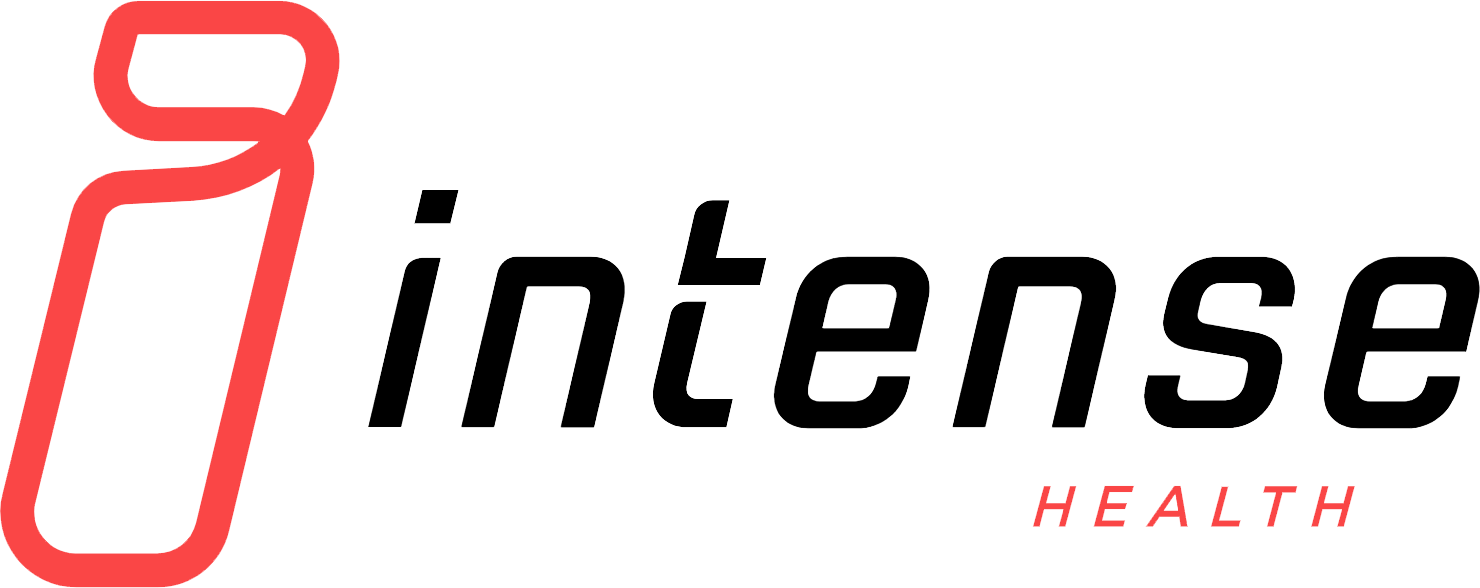Based in my own practice over the last 2 decades my answer is definitely YES, but is also great to back it up the practice with this recent study covering the phobia of individuals experiencing pain (joint pain) and how that is actually the element who will lead to the worst case scenario or simply stalk in progress, functional ability or even optimum levels of strength and HEALTH profile been really hard to be achieved.
What is kinesiophobia?
Kinesiophobia is the most extreme form of fear of movement, and is defined as an excessive, irrational and debilitating fear of physical movement and activity resulting, from a feeling of vulnerability to painful injury or reinjury.
This recent study has found the following:
“Sixty-three articles (mostly cross-sectional) (total sample=10 726) were included. We found strong evidence for an association between a greater degree of kinesiophobia and greater levels of pain intensity and disability and moderate evidence between a greater degree of kinesiophobia and higher levels of pain severity and low quality of life. A greater degree of kinesiophobia predicts the progression of disability overtime, with moderate evidence. A greater degree of kinesiophobia also predicts greater levels of pain severity and low levels of quality of life at 6 months, but with limited evidence. Kinesiophobia does not predict changes in pain intensity.”
“It is common that when there is pain it will be feared of any movement and exercise that can possibly aggravate the problem, experiencing the kinesiophobia (fear of movement). But in fact, exercise is extremely good for the pain relief and can be an essential part of the healing process, also can help reverse the problem to its core, which is the weakness and muscle imbalances around the body. So the fear of exercise can be stopping you from getting this great medicine dosage on the weekly basis.
The fear of movement leads to inactivity and a sedentary lifestyle which causes loss of function ability and strength and quality of life which will cause more pain. Consequentially more pain will cause more fear successively…” (Dr Paulo Gentil)
Over the years I have found in training the general population carrying injuries or past injuries, that the most important fact in execution would be staying away from the angles where the painful discomfort was present. Utilising protocols of TSC (Time Static Contraction) and Isometrics to achieve the desired outcome of fatiguing the target muscles for stimulus of positive adaptations in strength would also be very important.
It is quite understandable that an individual who has experienced lower back pain will be at some level afraid to execute any exercise for the lumbar musculature. Counterintuitive as it sounds, it is exactly what it needs to happens for both stimulating the protective mechanism (skeletal muscle system, and the flow of oxygenate blood (where a lot of the healing components would concentrate).
Of course the tools a practitioner will use and how it will execute the exercise are both paramount for a positive outcome in rehabilitation and the strengthening progress. The most effective tools I’ve ever come across would be the clinical line of medical MedX equipment, Nautilus and David Health Solutions rehab line of equipment. These are all incredibly effective in isolating the lumbar musculature not allowing any other muscle to interact.
I personally’ve used the roman chair bench in a very specific way (super slow cadence / peak contraction and statically) and experienced incredible progress and remission in many cases of pain and discomfort. In the training chamber of Intense Health Clinics in the last couple years, I’ve been utilising the TSC protocol with motorised resistance equipment for rehab/strengthening and “working around pain, not on top of it” and I am both impressed and excited with the possibility of helping more individuals to work through the fear of exercise.
I am not a healer or make any empty promises in regards to getting clients to a pain free state but there one element I am comfortable with. Staying where you are, not trying, and feeding the fear which will drive sedentary behaviour: sarcopenia (the loss of muscle mass), which will consequentially increase body fat and the cascade of unhealthy events which will follow, is definitely not the best option.
“Keep doing the same things over and over again and expect different results is the definition of… insanity.”
How to overcome kinesiophobia?
Find a practitioner
Yes, we need a good practitioner accompanied by a sensible professional execution. Without understanding human physiology and anatomy with a professional, we will not be able to progress.
Get stronger
The fear of committing to exercise is definitely holding you back from experiencing the state of “pain free” which you want. You need to strength train the muscles around the issue. The skeletal muscle system is the protective mechanism of your tendons, ligaments and joints.
GET STRONGER!
Being Healthy Helps
The mechanical work with muscle being the primary focus, is an effective strategy that will focus on the causation not symptoms (pain). This strategy will always work better in a healthy organism; rather than one which is nutrient deficient and unhealthy. Many nutritional strategies that are deemed effective include consuming foods that decrease inflammation, strutting your diet around real, whole foods and ensuring you are consuming adequate micronutrients.
Positive Mindset
Let the little wins in your rehabilitation journey flourish, rather than saying you have tried everything and nothing works. If you really tried everything, you would be progressing and would not be in pain. Instead of this, try acknowledging the solutions you have not tried like incorporating a sensible strength training program.
When it comes to you HEALTH, don’t be soft, be INTENSE.
Marcelo Mesquita
References:
Role of kinesiophobia on pain, disability and quality of life in people suffering from chronic musculoskeletal pain: a systematic review.

